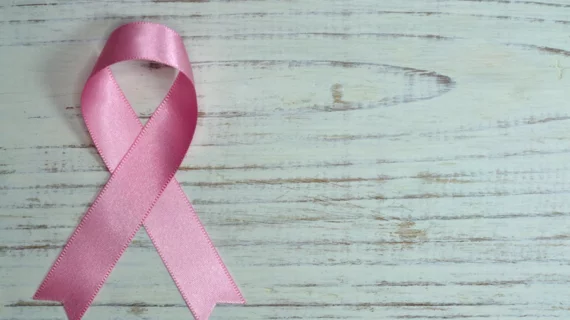Society of Breast Imaging addresses importance of screening among minority populations
The Society of Breast Imaging (SBI) addressed the importance of diversity in breast imaging in recent statement published online Jan. 9, stating that breast cancer does not affect all ethnic and socioeconomic populations equally.
The organization cited relative statistics to support their position, including that although the breast cancer death rate in the United States has decreased by 43 percent for white women since 1980 it has dropped by only 23 percent for African American women within the same time period.
Other statistics mentioned included the following:
- African American women are 42 percent more likely to die from breast cancer than white women.
- The risk of being diagnosed with aggressive “triple-negative” breast cancer is double that of white women.
- African American women are less likely than white women to be diagnosed with stage I breast cancer, but are twice as likely to die of these early breast cancers.
- African American women have a higher risk of BRCA1 and BRCA2 genetic mutations (carriers at much higher risk for breast cancer) than women of western European ancestry.
SBI noted that minorities are underrepresented in breast imaging and have less access to screening mammography, most often due to lower socioeconomic statuses or a lack of locally available screening centers. The group encouraged those minorities to seek support from hospital, local, state, private, philanthropic, or federal programs to cover the costs. The society also supported increased financial aid for more at-risk groups.
Lastly, female-to-male transgender patients who have retained any native breast tissue should get screening mammograms each year beginning at age 40 years, according to the statement.
“By promoting diversity and inclusion, the SBI aims to reach everyone who is at risk for developing breast cancer,” according to the statement. “Breast health care providers should strive to ensure that all patients from various ethnic, racial, gender, and socioeconomic groups have access to potentially lifesaving tests.”

